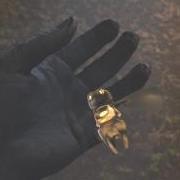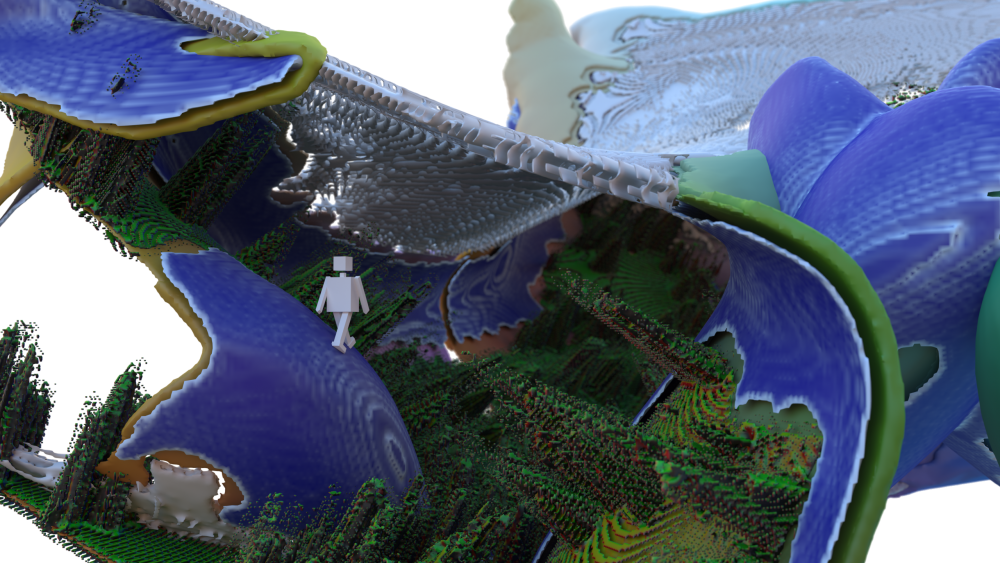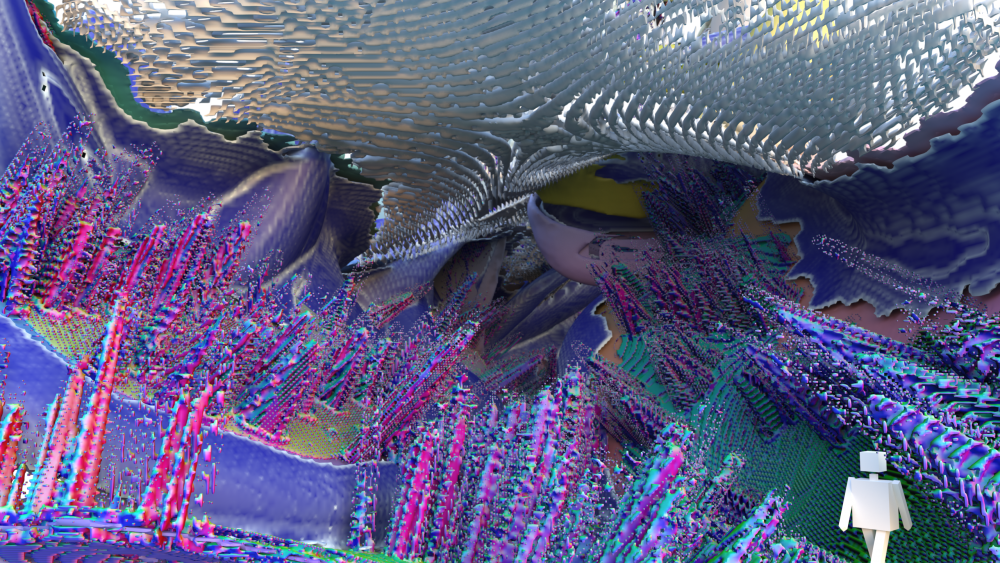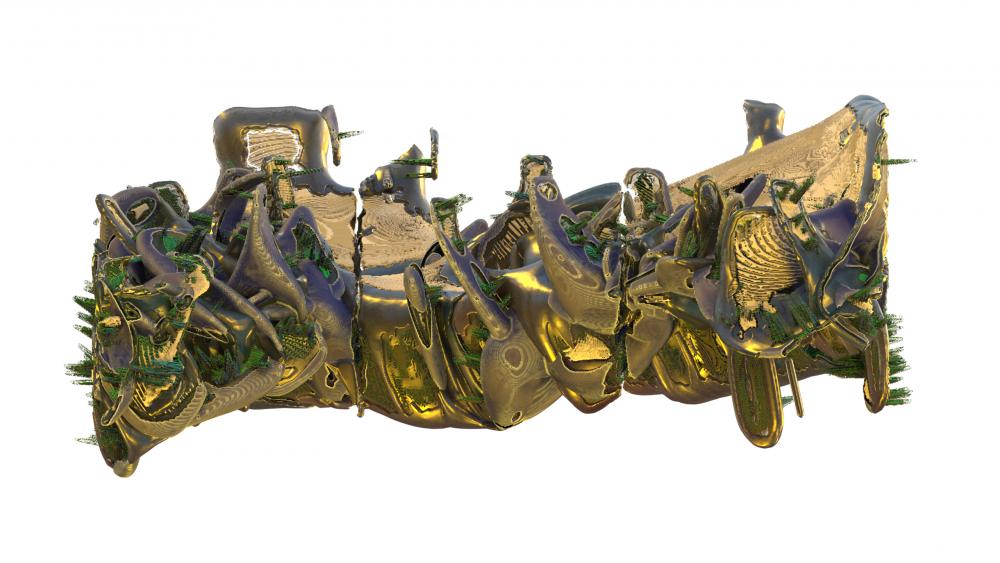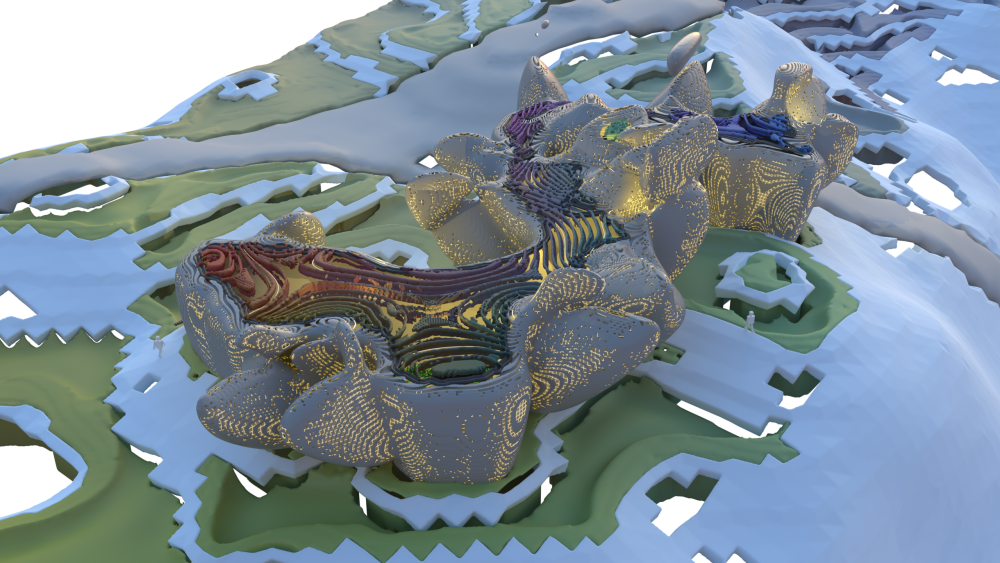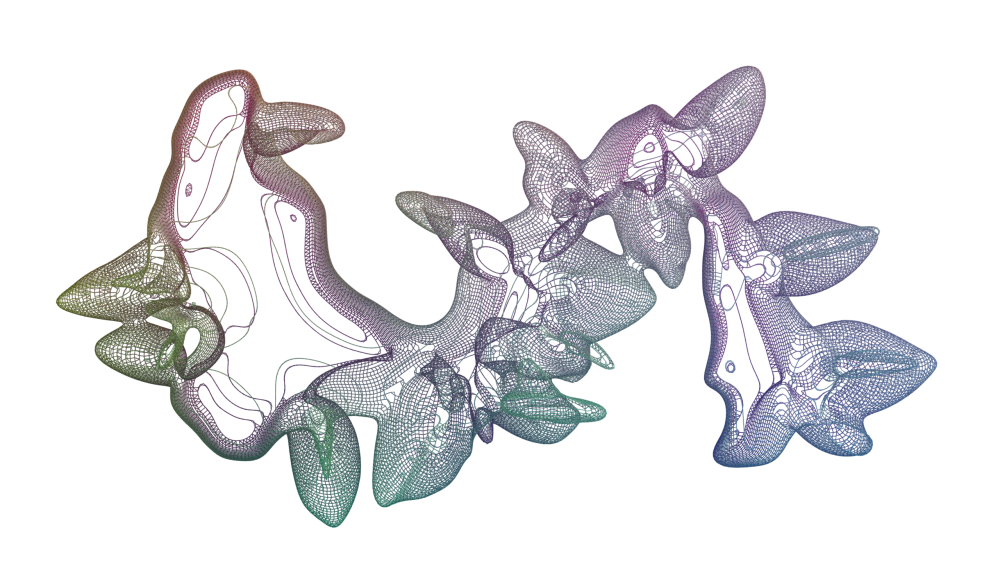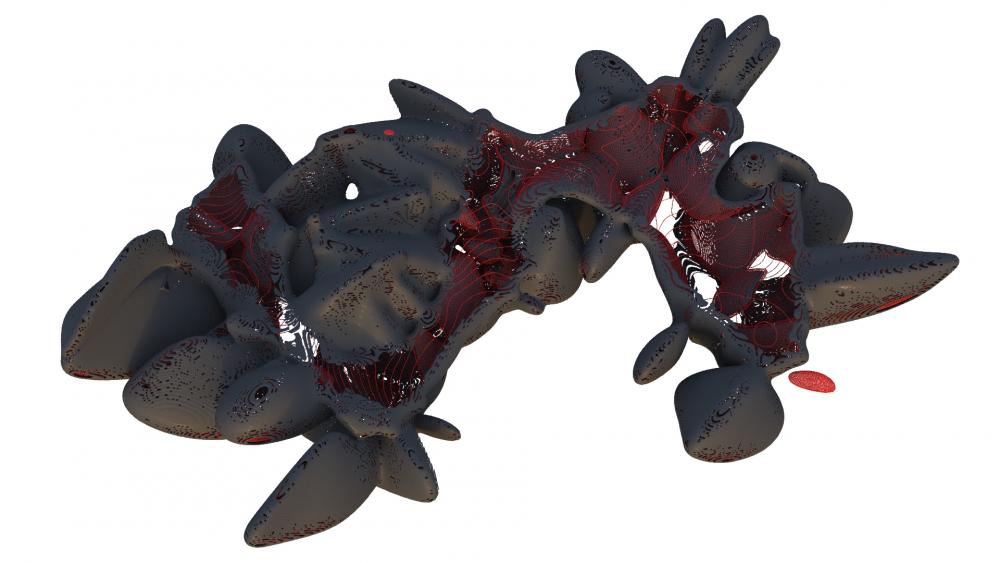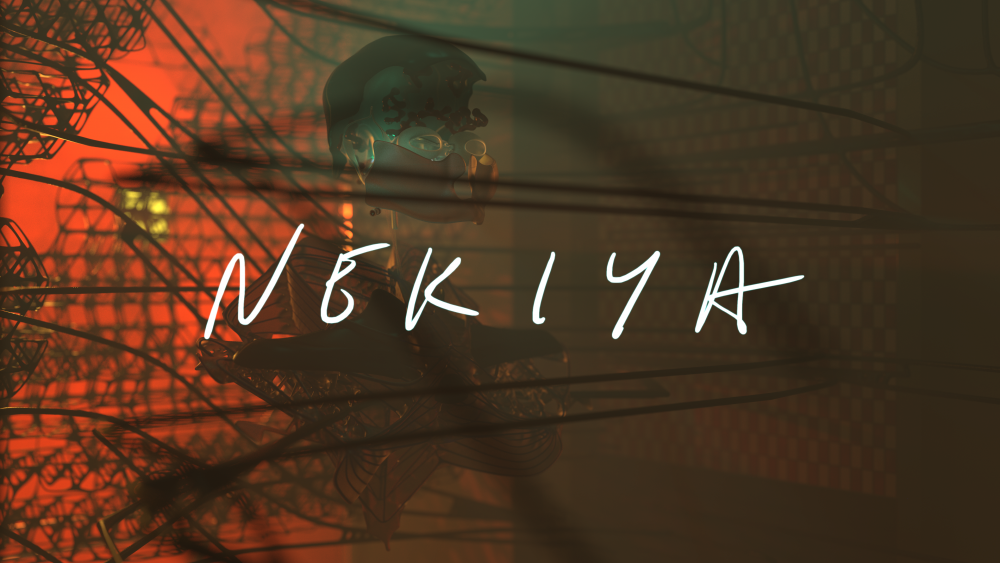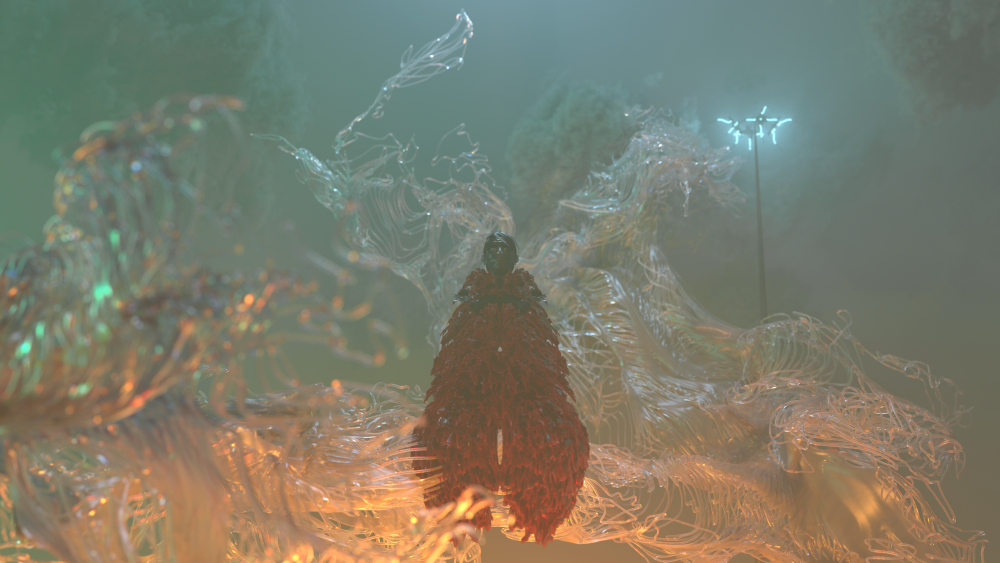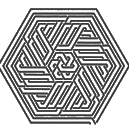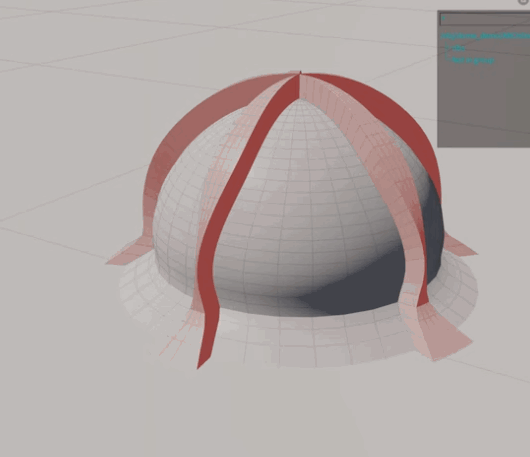Search the Community
Showing results for tags 'architecture'.
-
I originally made a post in in the WIP section, but have finalised a selection of images that demonstrate the extent of the project at this particular time. Hope to get some tips, speculation and direction . The work started with an idea of looking into systems of growth and the procedural simulation of that growth. The question of landscape surveillance and 'fertility' arose - can a landscape (or object) topology be evaluated for growth? In this case the landscape would be a scanned model of a terrain, converted from pointcloud to mesh data and thus reinterpreted as a topology of points and primitives with certain inherent attributes: Position (vector), Normals (vector), and curvature (scalar) predominantly. The simulation can then search for 'flatness' and eliminate areas of surface beyond a limit of acceptability. The surface is then displaced whilst maintaining ties to the remainder, this seemed to mirror a process not too dissimilar to inflation (although much more noisy and undefined), always using the retopologised mesh (and thus recalculated attributes) as a driver for the next frame of growth. Generated or grown form is evaluated through a series of spatial explorations with particular functional characteristics in mind. Much like a single-surface-landscape produces the massing for proposed architectural volumes, these volumes are then reinterpreted as single-surface forms that morph into a typology of architecture defined by certain rules. The primary purpose of the interior volume is to house the program of an architecture. The height of the form is predetermined in the procedural algorithm of massing to produce volumes within a range of heights (for example between 3 and 20 meters). The nature of the form suggests an architectural language of evaluated skin as a means of facilitating architectural space. This is then differentiated to provide for the various requirements of a space of production - for example: how can the floor surface serve as a platform for plant growth; how can the side envelope serve as a mediator of thermal comfort; etc? A. There is a desired differentiation between roof and side envelope - key factors to be considered are the issues of transparency in form for light to enter the space below and the capacity to drain rainwater or melting snow. B. An impression of uniformly distributed structural frames is suggested as a method of holding up a dressing of skin not too dissimilar to ideas of bone to muscle tissue connections. C. The form is interpreted as a skin multi-functional, multi-material character. There is a desire for a thermal envelope mixed with porous characteristics that allow for breathability within the interior environment, light, and mediation from the harsh external environment. The following images are all excerpts of a fully procedural exercise; all grown; but in various stages of development of the same system.
- 3 replies
-
- 1
-

-
- simulation
- growth
- (and 12 more)
-
Hi all, Do you have some ideas how to make Shadow and Sun analysis in H17.5? I would like to make the analytic tool for my procedural city, similar to this: I think it would be "sun" vector promoted to objects attributes as color. Maybe some use of new measure node? Thank you for any advices.
-
Hello, I'd like to share a shortfilm that I've been working on for the last few months. It is set up and rendered entirely in Houdini; whilst some 3d models are drawn in other bits of software, the majority is procedurally drawn and the outliers also tend to undergo transformations. Strictly no 2d effects, everything is simulated spatially within the scenes (this is part of an ongoing practice ethos of trying to understand all geometry in 3d and render a fully composited shot). I am very excited to continue to develop and unpack a lot of the systems that have been built for this project. It would be great to get some feedback, thoughts and criticisms from this community. I hope you enjoy. LINK: https://vimeo.com/446918887 Cheers, Egmontas Description: Nekiya is a short film that constructs a spirit realm as a reflection on the naive hypothesis for the existence of ghosts. Who has seen the spirits? Neither I, nor you. But when the invisible weighs upon your chest, the spirits are reaching through. Let the spirits emerge and let Spookiness be true. As Spookiness has an overwhelming desire to meet Soba, she anxiously struggles to determine her place in this delicate world full of occurrences at the edge of her perception and control. Soba begins to doubt the verity of not only her constructed memories, her tears, but the seemingly indeterminate nature of her body itself. Spirits emerge as three-dimensional entities with embedded spatial, material and behavioural data that characterises their potential and inherent constructional capacity within what we can now determine as our multiple realities. These spirits are a consequence of procedural logics that inform both simulation and translation in a digitally pliable universe. Nekiya is the hypothesis of a haunted space of spectrality; it is an episode in the search for a practice of digital poetics.
-
Hello everyone, I created a digital asset that outputs a neighbourhood with buildings and vegetation, based only on a masterplan drawing. It is divided in three modules, one to create the masterplan geometry, one to create the buildings and one for the vegetation scattering. It allows for alot of controls on the vegetation and on the buildings to create different variations. Here is also a test of the asset inside Unreal, using the Houdini Engine: Cheers!
- 2 replies
-
- 4
-

-
- procedural modelling
- neighbourhood
-
(and 3 more)
Tagged with:
-
Guys, I haven't used Houdini in such a long time. Finally i have a project that i believe houdini is best to use for it. My boss is going to design a wall with different crystals hanging from it, in a pattern. I am attaching the pdf,dwg and dxf of one of the designs. I remember you can open a dxf file in houdini if you convert the dwg in lines in autocad. What i want to create is an asset or something that reads this dxf and places the crystals accordingly. Lets say i have 3 crystals A,B and C (different sizes) in 3d. I want to read my dxf and then copy/instance each model based on the dxf drawing. The reason i want to do this is because my boss will create a lot of options until he makes his mind and i dont want to do this manually in max. The download link for the drawings: http://we.tl/l1hEaLeF8S Thanks in advance, Valentino PS: crystal_A.pdf
-
Hi everyone, This is my first post, so thank you for taking time to help me out. Any pointers are very much appreciated. I am currently trying to model a paneling surface in hou, by this I mean - I am trying to define one shape, that then is copied onto a surface and repeated several times to cover the whole area. In order for this to work, the defined shape, will need to bend and deform to match the surface. You can see an image that illustrates this here. http://1.bp.blogspot.com/_xQcRvrIdDbs/TFlZGcj4QGI/AAAAAAAAABw/KRujR4J9i1Y/s1600/attractor.gif This is done fairly easy in Grasshopper (rhino plugin) - in there, each shape's bounding box is used to deform the defined surface. Here is some info on Panelling tools, the plugin used in grasshopper - http://wiki.mcneel.com/_media/labs/panelingtools.pdf Please let me know if you know any tutorials that use this, even if its not exactly the same - or any hints! thanks so much. Frederico
- 3 replies
-
- panelling
- parametric
-
(and 4 more)
Tagged with:
-
Hi there, first post here, hoping to get some feedback/support for a current course project I am busy with. I am quite experienced with 3D modeling in general (maya, zbrush etc) but haven't used Houdini a lot yet and could use some help on how to approach the project. My goal is to create a (chinese) pagoda asset with procedural control over the number of sides of the building, number of stories and all sorts of aesthetical modifications. For those of you who are not familiar with pagodas: I thought the building's structure lends itself towards being build procedurally since all the stories are basically the same with the exception of the groundfloor which has a different fence and is a lot wider + the top most roof of the building which is unique. For now I just want to generate the building with UVs, without the surrounding or any materials. I have tried different approaches but I am still struggling with some major points and I was hoping to get some ideas here. The biggest problem I currently have is the roof generation. Another I am basing the whole building on a circle which allows me to chose the amount of sides, I then model one story based on this circle and copy this story any number of times to create the building. One problem I get when scaling in the seperate stories is that the higher the story is placed the thinner all subparts of the story get. Like columns get squished because the height of each story should remain the same so people could actually walk even on the higher floors. Is there anybody who knows a better approach to this in general? How would you create this structure? What are some good methods to place roof tiles on the roof geometry regardles of the amount of sides of the building? Are there any good threads/tutorials about this issue? I simply dont know enough about houdini to confidently approach this. Any hints or tips are greatly appreciated Attached you can find my .hip file, please feel free to take a look. Thanks in advance, Frederik pagodaWIP.hipnc
- 10 replies
-
- roof generator
- roof
-
(and 4 more)
Tagged with:

